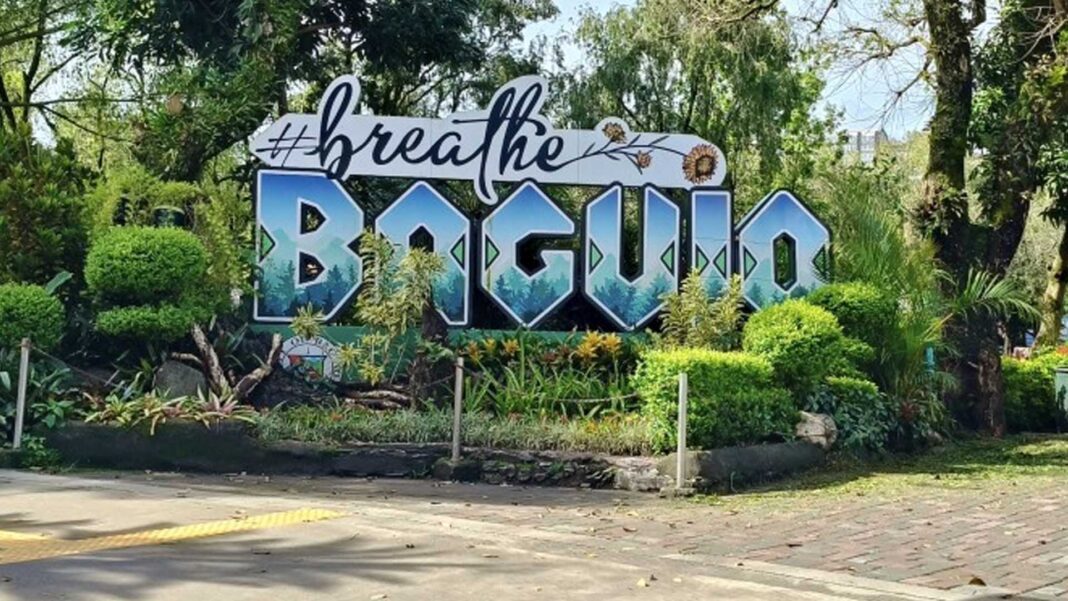The city government has laid down a comprehensive three-year plan costing PHP100 million aimed at preserving, protecting, and restoring the environment while maintaining ecological balance by 2028.
In an interview on Monday, city information officer Aileen Refuerzo said the Environmental Action Plan is anchored on three key goals: environmental regeneration, reduction of greenhouse gas (GHG) emissions, and improvement of waste management systems.
“The plan is part of the Executive-Legislative Agenda currently being finalized, charting the city’s developmental direction from 2025 to 2028,” she said.
Among the plan’s main objectives are a 5-percent decrease in GHG emissions from 2026 baseline levels, a 10 percent reduction in landfill waste (from 300 to 270 tons per day), the completion of a central Material Recovery Facility (MRF), and the establishment of three additional barangay MRFs by 2028.
The programs, divided into several phases, are supported by PHP100 million in funding that will cover road network completion, environmental compliance, and the installation of new waste processing equipment, including food waste and plastic shredders.
The city also aims to protect air, water, and soil quality, complemented by programs promoting behavioral change in waste management, in partnership with the European Union (EU) and the United Nations Development Programme (UNDP).
For liquid waste management, the plan includes the modernization and upgrade of the Sewage Treatment Plant (STP) and Septage Facility by 2028. This involves rehabilitating high-risk sewer lines, expanding new connections, and achieving 70 percent collection efficiency for sanitation and environmental users’ fees.
The city targets the rehabilitation of sewer networks equivalent to 5,000 new connections. For hazardous waste management, Baguio aims to establish an institutionalized hazardous waste collection and disposal system by 2028, covering e-waste, used oil, and other materials.
An accompanying ordinance will strengthen barangay-level waste collection systems, implement real-time air quality monitoring, and promote community greening initiatives, engaging at least 90 percent of stakeholders.
Meanwhile, the Integrated Water Management Program seeks to ensure a seven-day-a-week water supply and increase available water by 3,500 cubic meters per day by 2028. Monitoring systems for water supply, recharge capacity, and waterway health will also be introduced.
Green infrastructure is another major component of the plan, focusing on the redevelopment and expansion of parks, open spaces, and green buildings.
“Between 2025 and 2027, the city eyes multiple projects, including the redevelopment of Burnham Park, Mines View Park, and Lower Wright Park and Happy Glen Community Park. The Conservation Management Plan of Dominican Hill and Heritage Park is also in the pipeline,” Refuerzo said.
By 2028, Baguio hopes to achieve a sustainable citywide network of healthy, inclusive, and resilient parks that promote cooling, biodiversity, stormwater management, and overall public well-being.
Under the Green Building Initiative, the city will roll out Green Building Standards across all barangays and require compliance from both new and existing structures. Continuous monitoring and implementation will culminate in a Green Building Ordinance by 2028, targeting 100 percent compliance with eco-friendly construction standards.
Refuerzo said several initiatives are already underway —including park rehabilitations, garbage segregation programs, and the Eco-Waste Sustainability Fair— all part of the city’s broader vision for a cleaner, greener, and more sustainable Baguio. (PNA)


